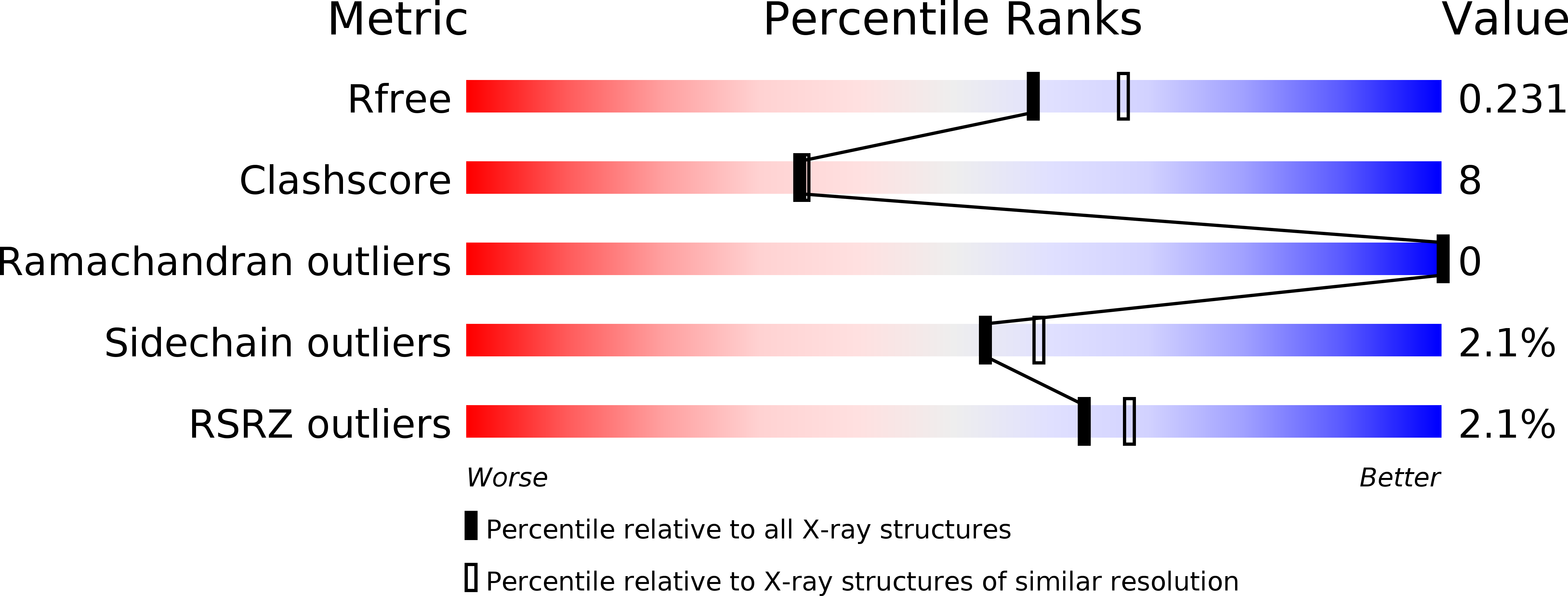
Deposition Date
2012-10-29
Release Date
2014-05-07
Last Version Date
2024-10-09
Entry Detail
PDB ID:
4HS3
Keywords:
Title:
Crystal structure of H-2Kb with a disulfide stabilized F pocket in complex with the LCMV derived peptide GP34
Biological Source:
Source Organism:
Mus musculus (Taxon ID: 10090)
Lymphocytic choriomeningitis virus (Taxon ID: 11623)
Lymphocytic choriomeningitis virus (Taxon ID: 11623)
Host Organism:
Method Details:
Experimental Method:
Resolution:
2.10 Å
R-Value Free:
0.23
R-Value Work:
0.18
R-Value Observed:
0.18
Space Group:
P 2 21 21


